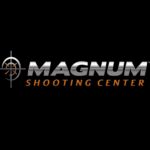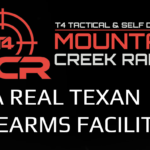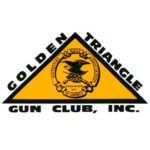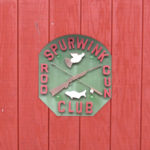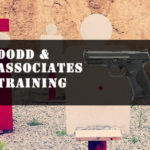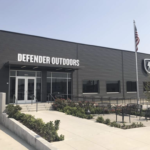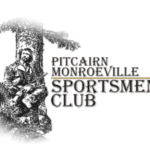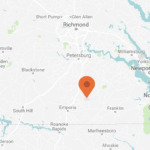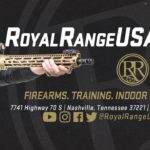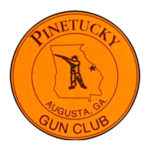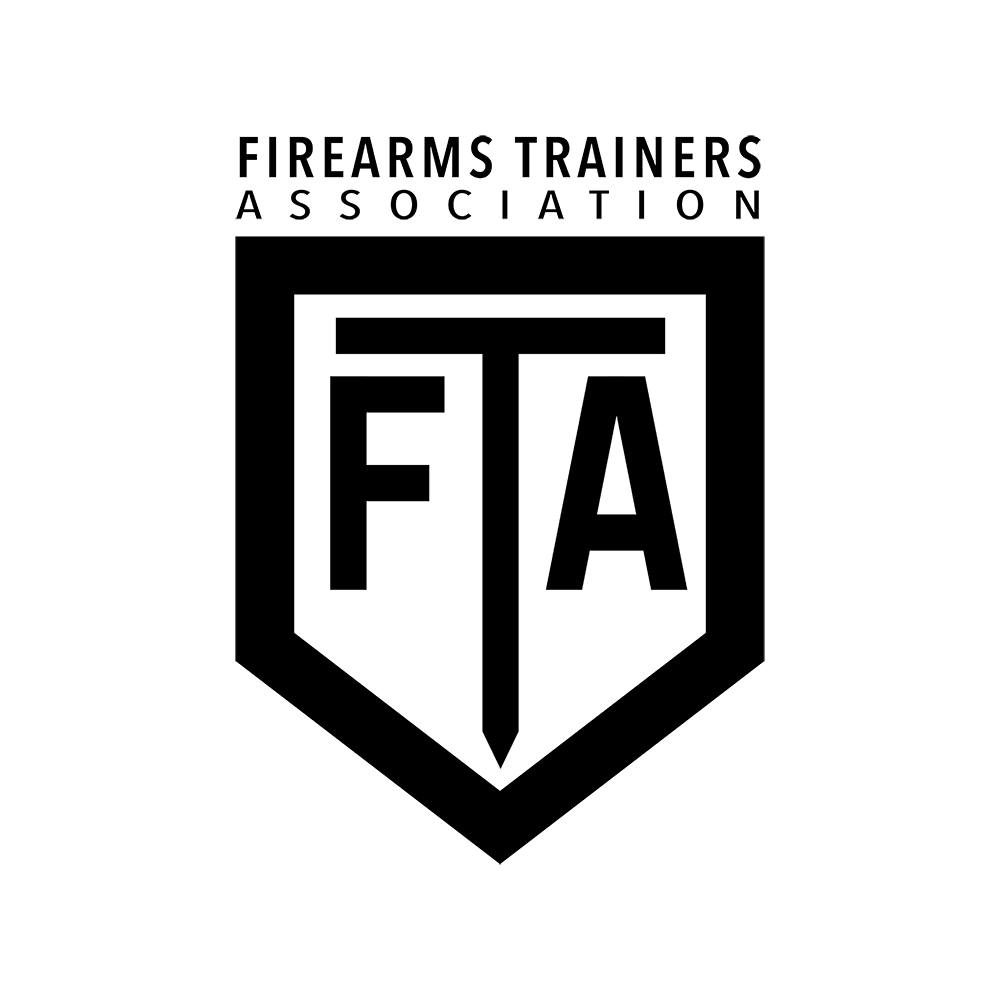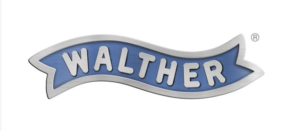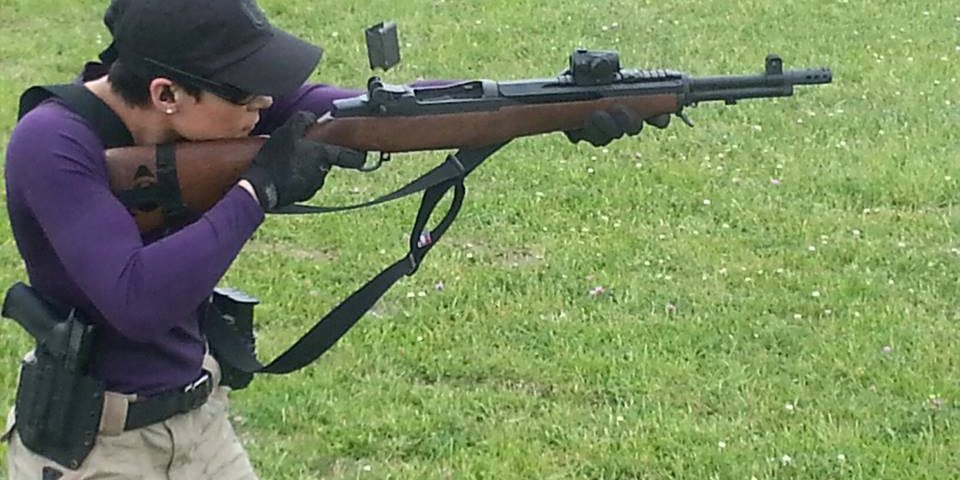
You guys know we enjoy hearing from proficient, intelligent females who talk tactics, shooting and other aspects of the “modern fighting woman”. You’ve heard from many bad ass examples of this in the past (Kim, Ellen, Melissa, Ruthie and a few others). Not only are females the fastest growing “gun culture” demographic, it’s a scientifically proven fact that even the hottest chick is hotter by an order of magnitude if she can shoot well, has good weapon handling skills and is both smart and articulate (even the ones who wear scarves and snap their fingers during poetry). Today we’re happy to present the following class review of a Magpul Dynamics class from Tatiana Whitlock, who is another Breach-Bang-Clear over-achiever in all those areas. So…
Fight Like a Girl: From Fine Art to Firearms
Tatiana Whitlock
Nearly two years ago my husband told me I should find myself a hobby. Between two toddlers sixteen months apart, starting a new company, wrapping up a ten year career in the family manufacturing and product design business, finding time for a hobby seemed like a near to impossible yet dangerously tempting task. I sought out a local Gun Club and dove into what the NRA had to offer for a brand new woman shooter. After firing my first pistol and rifle at an NRA Women on Target (WOT) clinic, what had begun as curiosity quickly became that prized hobby, much to my husbands surprise. So began my journey from the world of fine arts, to the NRA, to local classes, and most recently traveling to attend Magpul’s Advanced Carbine 2 program.
Within a week after attending WOT I joined a gun club and purchased my first .22 pistol. My husband had asked what I wanted for an anniversary present that year. Again, I think he had a different idea about where “something shiny and metal” would lead when we pulled into the parking lot of Cabela’s and found ourselves at the gun counter. In 2002 I earned a degree in Fine Art from RISD where I studied Industrial Design. The firearm itself sparked my interest as a piece of precision engineering, masterful construction, form and function, and in some cases extraordinary craftsmanship.
All of those qualities and attributes were principles ingrained during my college years with the study of art and design. At the time I had no idea what the components of the pistol were called, what types of malfunctions could occur, or even what standard range commands sounded like. Taking my new pistol home I found myself taking it apart and putting it back together just like the VHS players I disassembled and reassembled as a kid. Thankfully my club offered the gamete of NRA basic programs and I signed up.
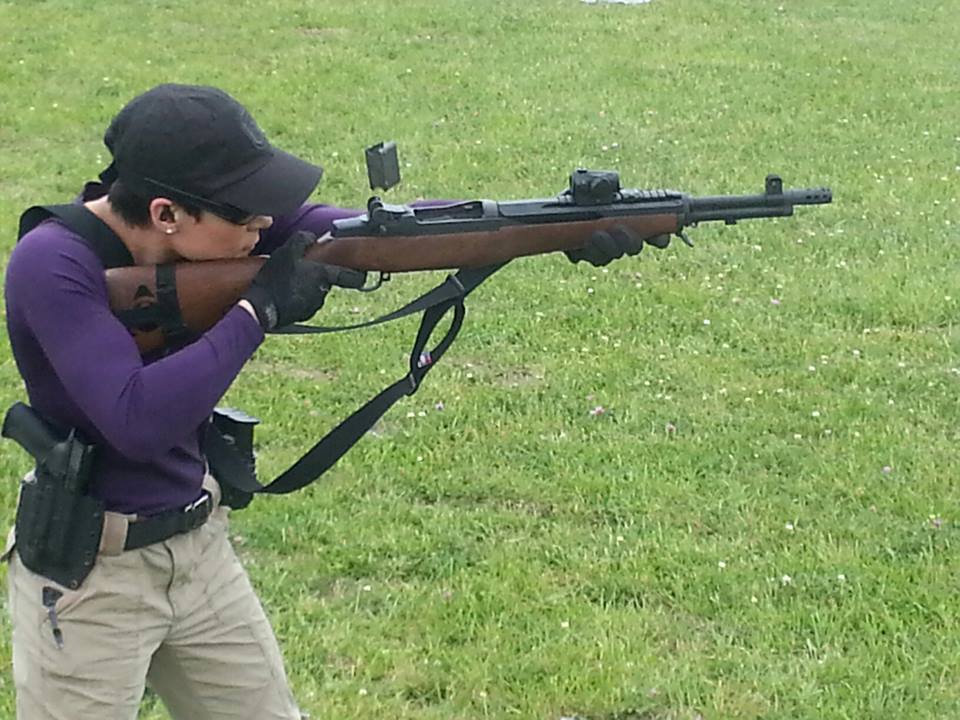
The information delivered in the NRA curriculum may seem rudimentary now but was like a foreign language at the time. The NRA classes offered a safe and controlled environment to be introduced to the basics. I became a certified NRA Pistol instructor and a Refuse to be a Victim instructor in the following months and found myself coaching at WOT clinics. It wasn’t long before I recognized I wanted more information, manipulation skills, and problems to solve. I wanted more than just a focus on the gun itself and the face of the target. So I started looking to see what else Maine had to offer and discovered there wasn’t much to be found.
There was, however, one company within driving distance that offered a four-day pistol course. The multi-day program required a level of dedication and concentrated focus. Emphasis was on constructing and then honing an individual skill set from the ground up. Mastering one piece at a time and crafting the technique to a polished result. The parallels between training and the design process were becoming more and more evident as the class went on.
Four days of shooting, drawing from the holster, conducting reloads, hours of dry practice, shooting on the move, in the pouring rain and in the scorching June sun. The mental focus of shooting was paired with the athleticism of shooting. Like a runner becomes addicted to running I was now thoroughly addicted to shooting. But even then I began to realize that something was still missing from the equation and perhaps I should see what else there was outside of Maine.
After my first Magpul Carbine class in Pueblo Colorado I realized the training I had previously could be likened to crafting individual chess pieces and then constructing the chessboard. All I had were the parts and pieces. What I came to understand by the end of Day 1 with Magpul’s Steve Fisher was that I was just now scraping the surface of what it takes to actually play the game. The class consisted of a mix of seasoned competitive shooters, Law Enforcement, Federal Agents, Military service men, and me.
We reviewed the fundamentals and were reintroduced to manipulation skills. So much of what we all thought we knew was thrown out the window and replaced with techniques that were simple and effective and easily applied to all of our varied backgrounds. The information was rooted in science and biology and was distilled over years of military and law enforcement experience and collaboration with other seasoned instructors. The result? No frills, all-business, techniques that get the job done in the worst possible conditions.

Not only were we all reintroduced to manipulation skills, we were reintroduced to our guns themselves. Once upon a time I had run my AR with the stock collapsed all the way in, held at the mag well and stood in a narrow stance. I wasn’t a terrible shot but I certainly wasn’t a great one either. Being all of 5’2 and 110 lbs I need as much leverage and control over the gun as I can get. By extending the stock, holding at ¾ extension down the rail, and widening my stance my shooting improved exponentially.
Breaks times were opportunities to tweak gear and make adjustments to best utilize what Fisher had demonstrated. The proof was hard to deny as our targets cleaned up and we were all dumping excess gear and comparing notes. Single point slings were retired on the spot and replaced by two point slings. Those of us with Eotechs felt the frustration of being out beyond 100 yards just as those with Acogs were struggled with the magnification when shooting less than 25 yards. I made the switch to a Aimpoint after my first Magpul class, as did many other classmates. Again, the curriculum is designed to give you the skills necessary to engage at distances from 3 to 200 yards and the simple, slick, setup of the equipment transformed all of our shooting performances.
Over three days the class evolved your thinking outside of the gun and the gear, beyond the target, and to the individuals and environment around you. Shooting became about thinking through problems to solve. The drills were there to induce a level of focus under stress and put your mastery of technique to the test. The techniques were honed to allow you the efficiency and economy of motion to best see, process and then solve the problem at hand. Each “problem” was put into context and perspective for a Police Officer, Marine, or civilian making the relevance of the training hit home for every student. Problem solving had been my life and the very definition of my design career. No matter how far it seemed I was from the studio the similarity between fine art and firearms was undeniable.

One of my favorite motivational quotes actually comes from Pablo Picasso. It’s simple and to the point. “Action is the foundational key to all success.”So, I’m spending the next months getting in as much training as I can and racking up the frequent flyer miles to do so. Classmates often pose the same question, “So, what do you do in the real world?” I am not a cop or a soldier. I’m a newly single mother of two. I am an industrial designer who has divested of much of my old corporate career to peruse a passion for shooting. Had you asked me in 2002 with diploma in hand where I would be 11 years later I am certain Down Range would not have been my answer. Yet all of the same rules apply in the pursuit to master any art form.

Each class is a humbling experience and each instructor lends new perspective to honing and perfecting what you thought you knew. Guns, gear, training; all are fascinating and spark that creative impulse to learn more and take action to do so. To all of the husbands out there: be careful what you wish for. You may just find yourself buying you a new kind of “shiny and metal” gift on those special occasions!
TW
About the Author: Tatiana Whitlock is an industrial engineer by trade, an NRA and Refuse to be a Victim member, a basic pistol instructor, RSO and frequent Women on Target volunteer. She’s also a GORUCK Challenge grad and an archery enthusiast. Though she’d been shooting (and hunting) before, she really got started one when—as a mother of 2 toddlers who was working full time and starting a new business—she realized she needed a hobby. Shortly after that she received her first handgun as an anniversary present and now carries an S&W M&P 9mm.
Original article posted at Breach Bang Clear: http://www.breachbangclear.com/fight-like-a-girl-tatiana-whitlock-from-fine-art-to-firearms/
Photos by Steve Fisher and Justin Humper




